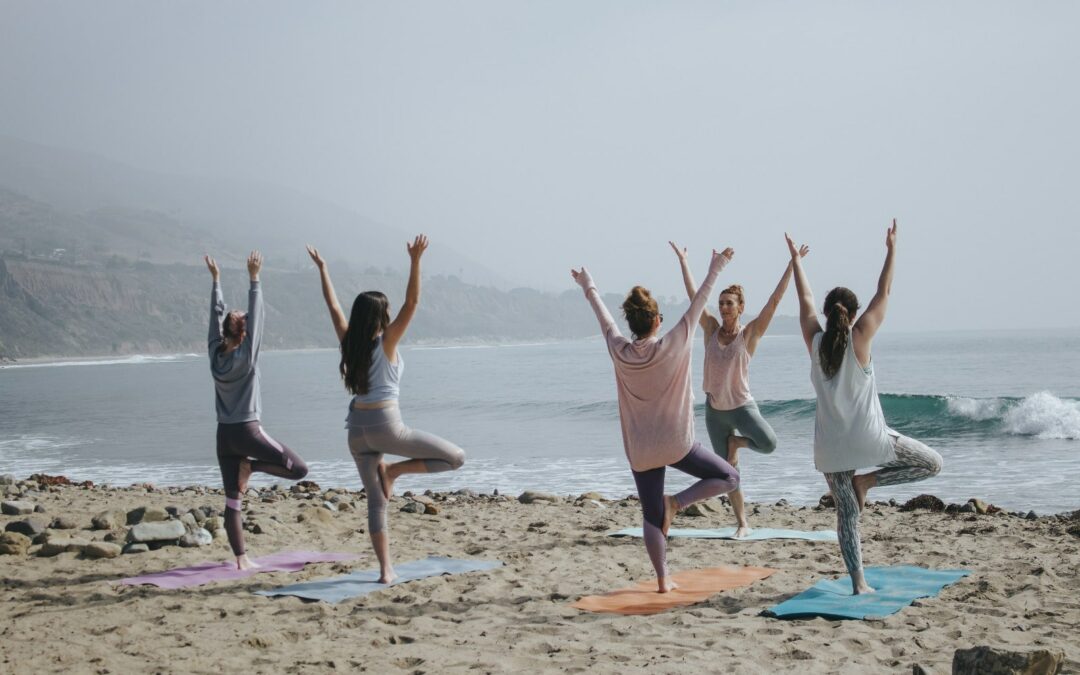
by bendigitals | Aug 30, 2023 | health wealth, Wellness
Inspired Harmonizing Holistic Well-Being: Uncovering the Interplay of Yoga
Harmonizing Holisitc well-being to Since they have roots in many different cultures and spiritual traditions, yoga, meditation, and mindfulness practices are closely related and have been practiced for centuries.
The enhancement of mindfulness, kundalini effects, and mystical experiences were all found to be associated with meditation, yoga, contemplative prayer, or a combination of these practices. However, meditation had strong associations and may be the source of the associations of yoga and prayer with these outcomes.
Meditation and yoga:
Yoga is a holistic discipline that combines asanas (physical postures), pranayama (breath control), meditation, and moral guidance to foster physical, mental, and spiritual well-being. As “Dhyana” in Patanjali’s Yoga Sutras, meditation is a fundamental component of yoga seen as one of its limbs. Yoga practitioners can employ meditation to clear their minds, become more self-aware, and deepen their spiritual ties.
Harmonizing Holistic Well-Being: Meditation and mindfulness
The discipline of mindfulness involves being present in the moment without passing judgment. One way to develop mindfulness is through meditation. Focusing on your breath, physical sensations, thoughts, or any other object of awareness during meditation is known as mindfulness. People can improve their capacity to remain present, lower stress levels, and better manage their thoughts and emotions. Regular practice of mindfulness meditation can bring numerous benefits. Harmonizing Holistic well-being.
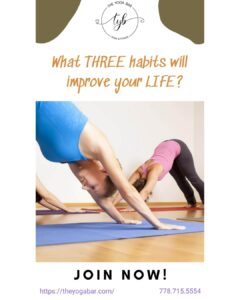
Harmonizing Holistic well-being
Mindfulness and yoga:
The practice of yoga frequently includes mindfulness components. Individuals are advised to engage their body and breath when performing yoga poses. This improved perception fosters mindfulness. Additionally, some yoga techniques, such as Yin Yoga, focus heavily on maintaining poses for lengthy periods, which encourages reflection and awareness.
A synergistic approach to general well-being can be achieved by combining yoga, meditation, and mindfulness.
Harmonizing Holistic Well-Bein: Benefits of Integration
Physical Health: Yoga improves balance, strength, and flexibility. It can enhance body awareness, posture, and physical comfort combined with meditation and mindfulness.
Clarity of Mind: Mindfulness and meditation exercises can help lower stress, anxiety, and racing thoughts. These advantages are complemented by yoga’s emphasis on breath and movement. Harmonizing Holistic well-being.
Emotional Regulation: Mindfulness can help with emotion management. Better emotional self-regulation can result from the self-awareness that yoga and meditation build.
Spiritual Development: All three practices provide avenues for spiritual discovery and development, helping practitioners who they are and how they fit into the universe.To maintain a positive attitude in trying circumstances by spirituality. You become a more responsible person full of love, care, and sharing when you are anchored in the Self. Your inner serenity radiates forth as a result. The deeper tensions in your body are still present even though you sleep off your exhaustion.
Harmonizing Holistic Well-Bein: Practice Advice
Start Slowly: If any of these techniques are new to you, begin with shorter sessions and lengthen them gradually. Consistency Matters: Consistent practice produces superior outcomes. Aim for weekly or daily schedules. Consider learning from seasoned instructors to ensure optimal skills and direction. Harmonizing Holistic well-being.
Generalization:
In general, a meaningful journey toward holistic well-being is provided by the complex interaction between the practice of yoga, meditation, and mindfulness. These age-old practices in various traditions and civilizations form a potent synergy that unites the body, mind, and soul.
Yoga educates us on physical postures, controlled breathing, and moral ideals with its all-encompassing philosophy. At its root, meditation appears as a component of yoga, asking us to go within, silence the noise in our minds, and develop self-awareness. Yoga’s meditation strengthens our awareness of the present moment and reveals the way to inner peace.
The integration of yoga, meditation, and mindfulness helps us negotiate challenges with resilience, embrace times of delight with gratitude, and nurture an ongoing process of self-discovery as we travel through life. Through perseverance and practice, we come to harmonize the symphony of body, mind, and spirit; this harmony not only improves our own lives but also has an impact on those around us.
In the end, discovering the relationship between yoga, meditation, and mindfulness invites us to set out on a transforming journey that brings us home and reveals the limitless levels of inner peace and wholeness that exist inside.
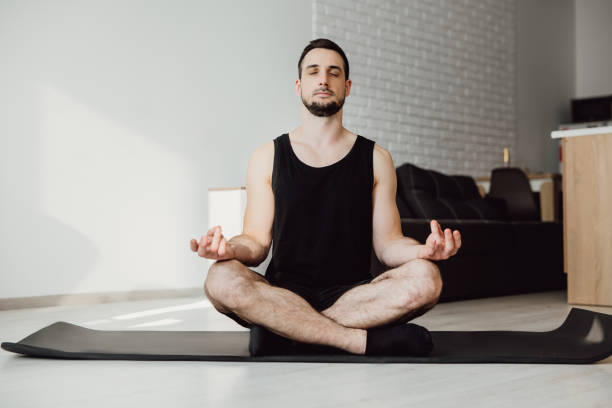
by bendigitals | Aug 29, 2023 | health wealth, Wellness
Beginner to intermediate-level yoga instruction. Basic yoga tutorials advice and guidelines for various yoga poses. Always be aware of your body and avoid overexerting yourself because yoga is about mindful practice.
Basic yoga tutorials: Mountain Pose
At the mat, posture with your toes touching and a slight space between your heels. Starting with your toes flex, distribute your weight among your feet’s four corners. You should assign your weight equally and elevate your kneecaps with your thigh muscles. On inhalation, roll your shoulders toward your ears; on exhalation, roll them down toward your back.Your posture will improve if you straighten your spine. Hang your arms beside your torso, hands lightly engaged and pointing toward the floor. Consider a chord pushing the crown of your head upward for a second.
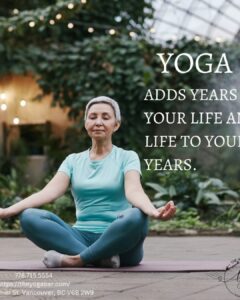
The Yoga Bar Yaletown near me
Seated Pose:
Starting from this stance, spread your weight evenly among the four corners of your feet. Divide your weight in half. Lift your kneecaps with the help of your pelvis and thigh muscles.Inhale with your shoulders rolled up near your ears; exhale with them down toward your back. Standing upright will help you have better posture.
Hang your arms by your torso with your hands pointed down toward the floor while softly engaging them. Imagine for a moment that a cord is pulling your head forward. Deep inhalations extend the spine, and when you exhale, you should lower your tailbone even more. You have between 30 and 60 seconds to maintain your position. To leave, either sit on the mat or stand up straight.
Basic yoga tutorials: Downward Dog
Begin on your hands and knees in the proper tabletop position. With your hands shoulder-width apart, position your knees precisely beneath your hips. With no effort, bring your hips into an inverted V position. Draw the shoulder blades in, place your feet hip-distance apart, and squeeze your hands firmly into the carpet. Take a long, slow breath in. Look in the direction of the navel while letting your head hang open.
While keeping the legs straight, each heel should be as nearly flat as it can be on the yoga mat.To help you align correctly when your spine is around your knees. The spine must extend first,
while maintaining the position take a long breath. You can get out of the downward dog position by releasing each knee and each foot as you exhale. While on your yoga mat, return to a resting place just like a child pose or a tabletop position.
Camel Pose:
Yoga Pose, or “Ustrasana” in Sanskrit, is designed to resemble a camel. It’s a backbend where you kneel on the floor, arch your back, and reach for your feet. Here’s how to make the description of Camel Pose more personable:
Consider yourself a graceful camel in a desert. Kneel and feel the warmth of the soft sand under your knees.
Your body is your canvas, and when you raise your heart, you become the graceful arch of the magnificent creature of the desert.
Let your chest expand as you inhale slowly, just as the dunes do when they reach for the sky. Allow your hands to float down the sides of your body as you exhale, finding the heels of your feet as if they were the distant oases you were looking for. It feels like a gentle desert breeze brushing against your skin.
Basic yoga tutorials: Shoulder Stand Pose:
Consider that you are preparing the stage for a tranquil concert. Like the curtain closing after a show, lie on your back. Your palms are facing down while your arms hang at your sides. Similar how an actor connects to the stage, feel the connection between your body and the mat. As the curtain opens to reveal the next scene, take a few deep breaths and let them expand your chest.
Engage your core and raise your legs slowly upward as you exhale. Imagine the exhilaration of the initial scene as with anticipation, and your body creates a right angle with the ground, forming the letter “L. “Slowly lower your legs behind you while you move your hands to your mid-back for additional support. Your feet reaching for a fictitious last note, and your torso is a lovely arc. The experience has a lasting impact, much like the final scene in a play.
Boat Pose:
Slowly lean back and your feet off the ground as you regain balance. Your legs take on the role of the boat’s prow, gracefully rising above the water. Deeply inhale while picturing the lake’s soft waves that are beneath you.
Run your arms parallel to the ground as you extend them forward. Your body instinctively shapes itself into a V shape to cut through the water like a boat’s hull.
Like an experienced sailor steers the vessel through the currents, your stomach clenches. As it steadies your movement, feel the strength in your abdomen. Just like the boat glides effortlessly across the calm waves, keep your breath steady. You’re encapsulating the moment as you walk between effort and ease. As you raise your chest, your heart expands like a sail as it meets the breeze.
Imagine yourself in this position as your ship’s captain, expertly managing life’s challenges. You are in charge while giving your breath and your path your surrender.
Conclusion
From the first tentative stance to the expert body and soul expressions, yoga is a lifelong journey. Every exercise serves as a chapter, every stance as a word, and every breath as a sentence. The story explores the importance of mental flexibility, heart expansion, and spiritual union in addition to physical flexibility. You write and read about your revolutionary journey as you turn each page. The climax also leaves room for more exploration, serving as a last reminder that the trip is limitless and the tale will always go on.

by bendigitals | Aug 25, 2023 | health wealth, Wellness
Why YOGA important: Why Is Yoga Vital to Daily Life?’
Stretching and targeting different types of muscles and joints while incorporating yoga into your everyday practice can increase your flexibility. ‘Why is Yoga Important to Daily Lifestyle?’
FLEXIBILITY AND STRENGTH
Applying Yoga to your daily routine can improve your flexibility through stretching and to be flexible by targeting any kind of muscles and joints. It also requires supporting your body weight in many ways which can lead you to improve the strength of your muscles and endurance. Enhancing your balance or challenging your poses can help you improve your stability and coordination over time.
Why YOGA important: STRESS REDUCTION

The Yoga Bar Yaletown near me
Yoga can reduce your stress by deep breathing, meditation, and relaxing techniques that trigger the body’s response to relaxation, which leads to calming your state of mind.
PAIN RELIEF ALIGNMENT and BLOOD PRESSURE
It also emphasizes the proper alignment of your body posture by applying it in your daily life. Doing yoga every day can alleviate muscle tension, reduce some kinds of pains like back pain, and improve your joint mobility. Yoga supports the alertness of your mind in all aspectsYour blood pressure can be lowered and your stress levels can be reduced by practicing yoga. Additionally, it can help with breathing exercises, which will increase lung capacity, respiratory function, and relaxation. Also, it facilitates blood circulation and the supply of nutrients and oxygen to various regions of the body.
GROUP vs. SOLO PRACTICE
Yoga can be practiced alone or in a group, and both offer their own advantages. Participants in group yoga courses receive encouragement, inspiration, and motivation from the class’s collective energy.
If you’re trying to mingle or make new friends, it can also be advantageous for you to join group lessons for yoga.
Also available is solo yoga. You have the option to practice yoga alone if that is how you prefer to suit your needs and preferences. Why YOGA important: Performers have the option to select the tempo, duration of poses, and other approaches with their own solo practice.
Your best self-reflection and self-awareness are also encouraged by solo yoga practice, which enables you to concentrate more on your breathing, bodily sensations, posture, as well as your thought process.
The flexibility of solo yoga practice is one of its benefits. You may design your own practice, choose your own pace, and make adjustments whenever you choose. To escape the burden of traffic commuting or other responsibilities, you can practice yoga whenever and wherever you like. However, whether you choose to practice yoga is a personal decision.
ADAPTABILITY
Yoga’s adaptability is one of its benefits. By incorporating yoga into our daily lives, we may create a calm space for our bodies, minds, and emotions. Additionally, it tests your ability to balance and coordinate to boost your body’s stability. Benefits include a reduced risk of falls, especially for older persons.
For instance: It may seem like a terrific example of discipline to go to the gym every morning at 5:00, and it is. However, it requires a lot more mental fortitude to acknowledge, deal with, and respond to what is actually needed at the time.
Even though I believe in morning rituals and routines, I recently discovered that I was unusually exhausted from traveling and teaching, so I had to modify my practice by allowing myself to sleep as long as my body needed, move slowly, and so perform my rituals five hours later than usual.
My initial reaction was to be angry with myself for not accomplishing what I had set out to do: wake up at 0500 every day for two weeks, journal, meditate, and exercise.
PATIENCE AND PROGRESS
It is a crucial reminder that the benefits of practicing yoga daily may not appear right away. To ensure that you practice safely and efficiently as a beginner, it is advised that you start off gently and look for a skilled instructor.
Unlimited yoga, fitness, spin.
Unlimited yoga, fitness, spin and gym.
Expires on 3 month – single session.





Recent Comments